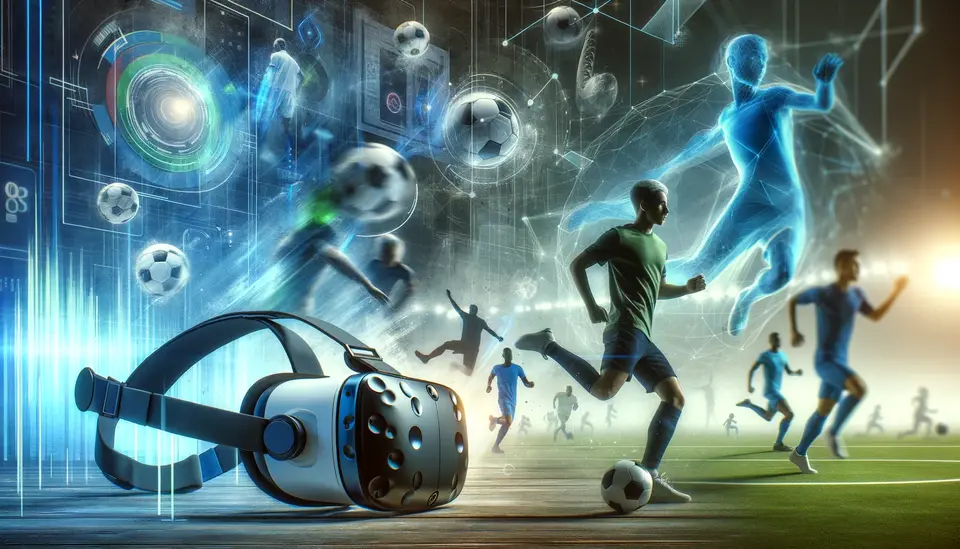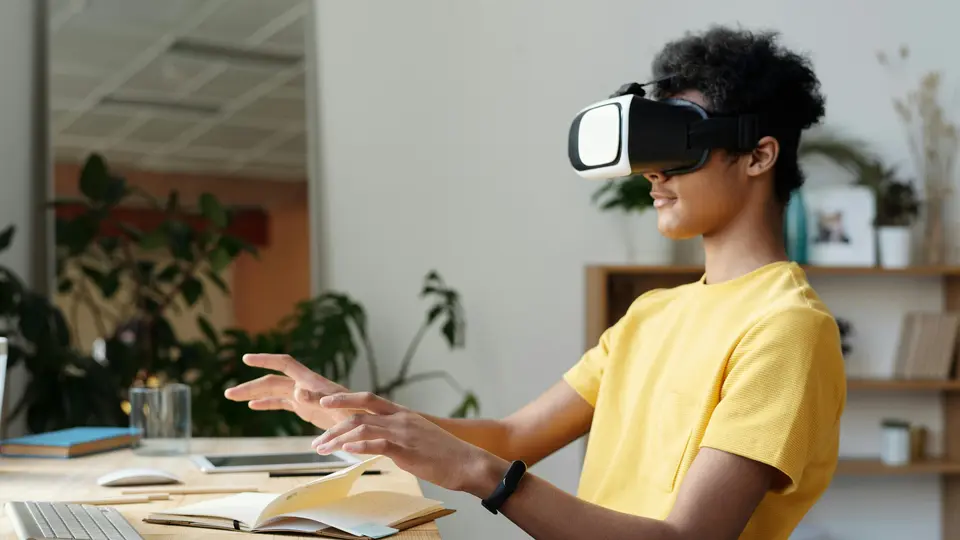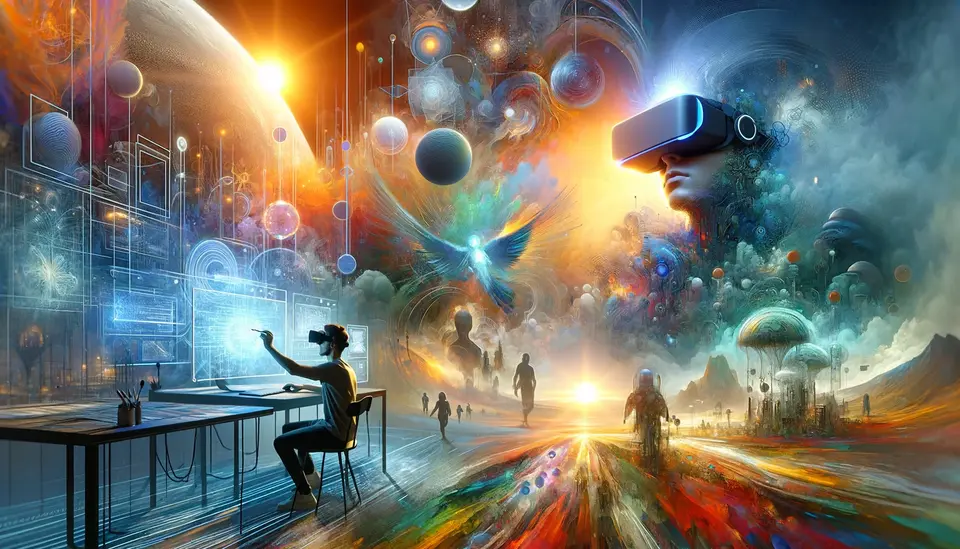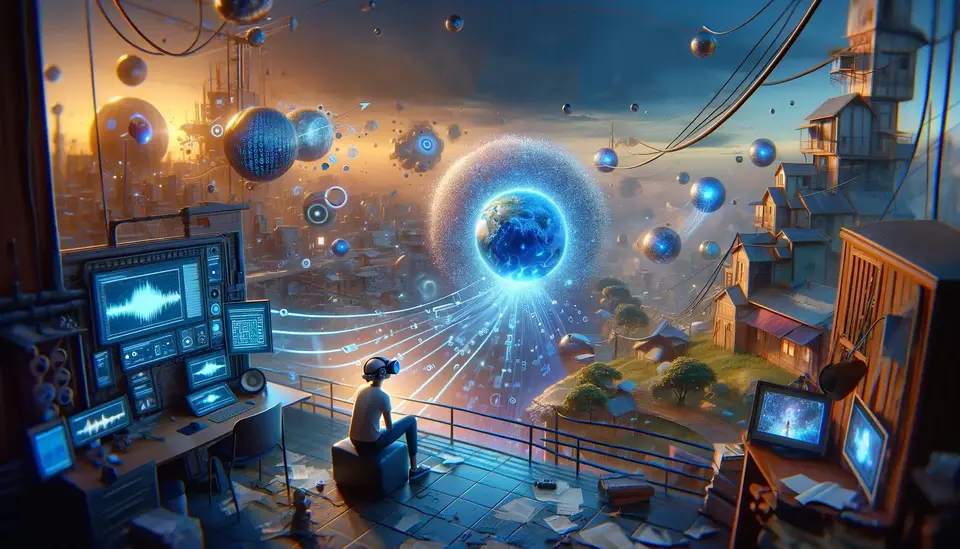What is virtual reality (VR)?
Posted on May 6, 2022 5 minutes 960 words
Table of contents
The presence of virtual reality (VR) technology among us dates back to the 1960s, but it has become an extremely curious technology in the recent past and is rapidly becoming a part of our everyday lives. The rapid development of hardware and software technologies has made significant contributions to VR technology, and it has taken place in our lives with very successful examples. So, what is virtual reality (VR), how does it work, where is it used today, and what are the real examples? Let’s take a look at these in detail.
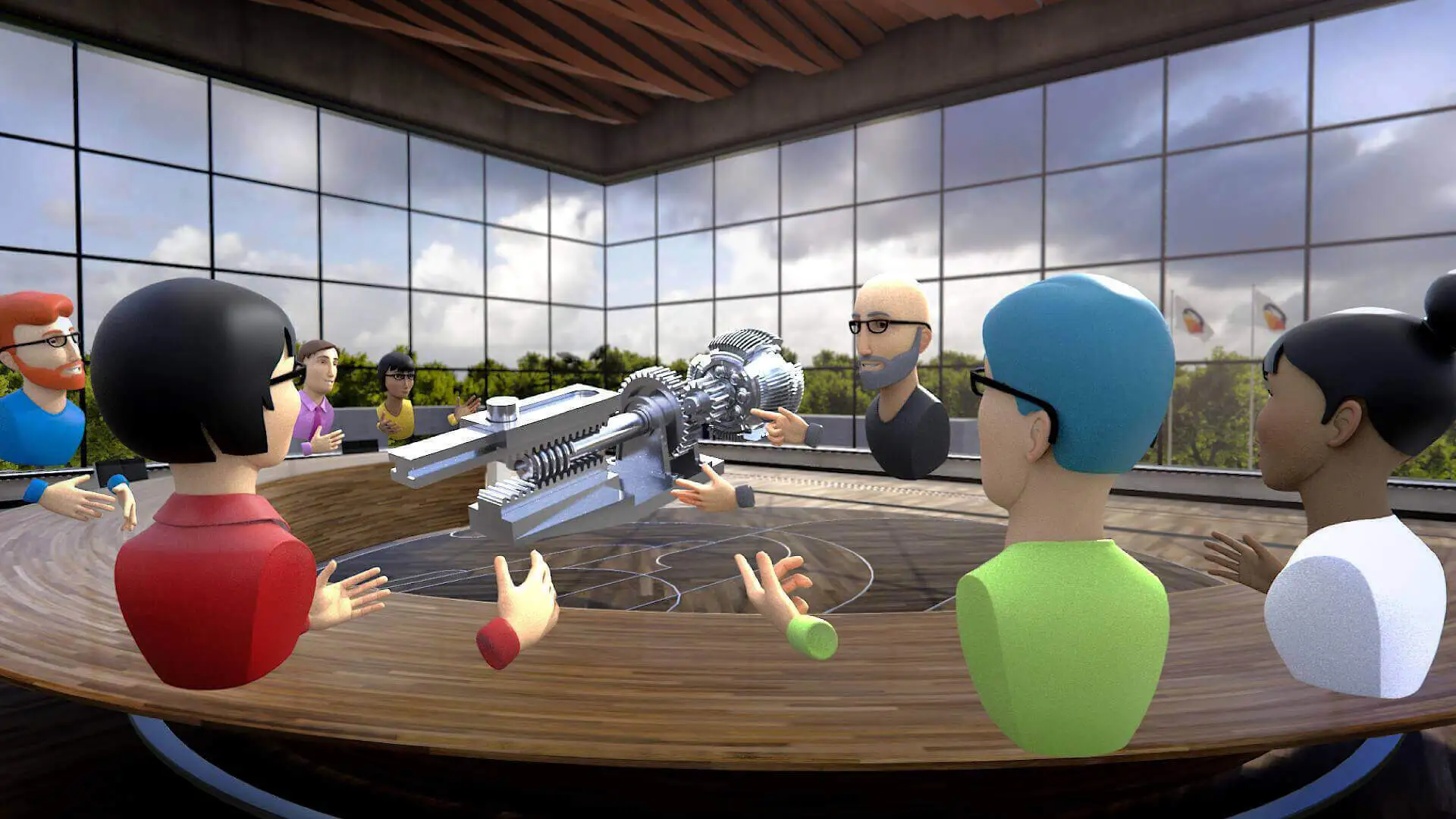
Virtual reality (VR) is the technology that creates a virtual environment as if it were real, by creating a 3D imaginary environment in 360 degrees and transferring the sounds that will occur in that environment to the person. Since it creates an environment that offers almost the same experience as the real physical world, it makes the person feel as if they are in the real world in that environment. This technology is making things that do not exist physically visible through hardware and software technology. It simply allows us to experience the virtual world as if it were real.
Virtual reality (VR) technology allows the user to be in a simulated environment. Although it is generally built on the senses of sight and hearing, it has started to appeal to the senses of touch and smell with the pieces of equipment released in recent years. By succeeding in appealing to all these senses, the user feels as if s/he is in a real environment, not a virtual one. In this way, we can experience everything we can imagine with VR technology, by removing the boundaries of the real world.

How does virtual reality work?
To experience virtual reality, we must either have a virtual reality headset or place our phones in cardboard. They both work the same way. There are two lenses in each eye, but these lenses are separated by a piece that is divided into two pieces from the middle. This is because each eye must focus on a different lens. Now you may be wondering why this is so. You will see why when the details are explained. Other than the lenses, a VR headset or phone screen is required to project the image because both devices have hardware and software to do so. We talked about the basic components needed for virtual reality. So, how do we experience the feeling of being on the beach or riding a roller coaster in 3D with these two devices?
3D vision is very simple, and the secret is in our eyes. There are about 3 inches of space between our eyes. Therefore, each of our eyes looks at the world from a different perspective and a sense of depth arises because of this difference. Our brain combines these two different views to create a sense of depth. Let’s experience this situation with an example to understand it better. Keep your thumb in front of your eyes and cover one eye with the other hand. Then open your closed eye and close your other eye with your hand. Did you see the jump? This is how this depth situation arises. Our brain perceives how far away an object is depending on how different our two eyes see the object, and this appears as 3-dimensional vision.

VR headsets and cardboards present the image to us in 3D based on this principle. Each of our eyes looks at different images because the image is divided into 2 with different images for each lens, and there is a depth difference between them. Due to the depth difference created between the images in these different lenses, we feel as if we are seeing in 3D.
Many sensors in VR headsets and phones also support 3D vision to be close to real life. When we turn our heads to another point, it is detected by these sensors and the image starts to shift in that direction. When we consider this whole situation, a 3D image emerges as if we were in real life.
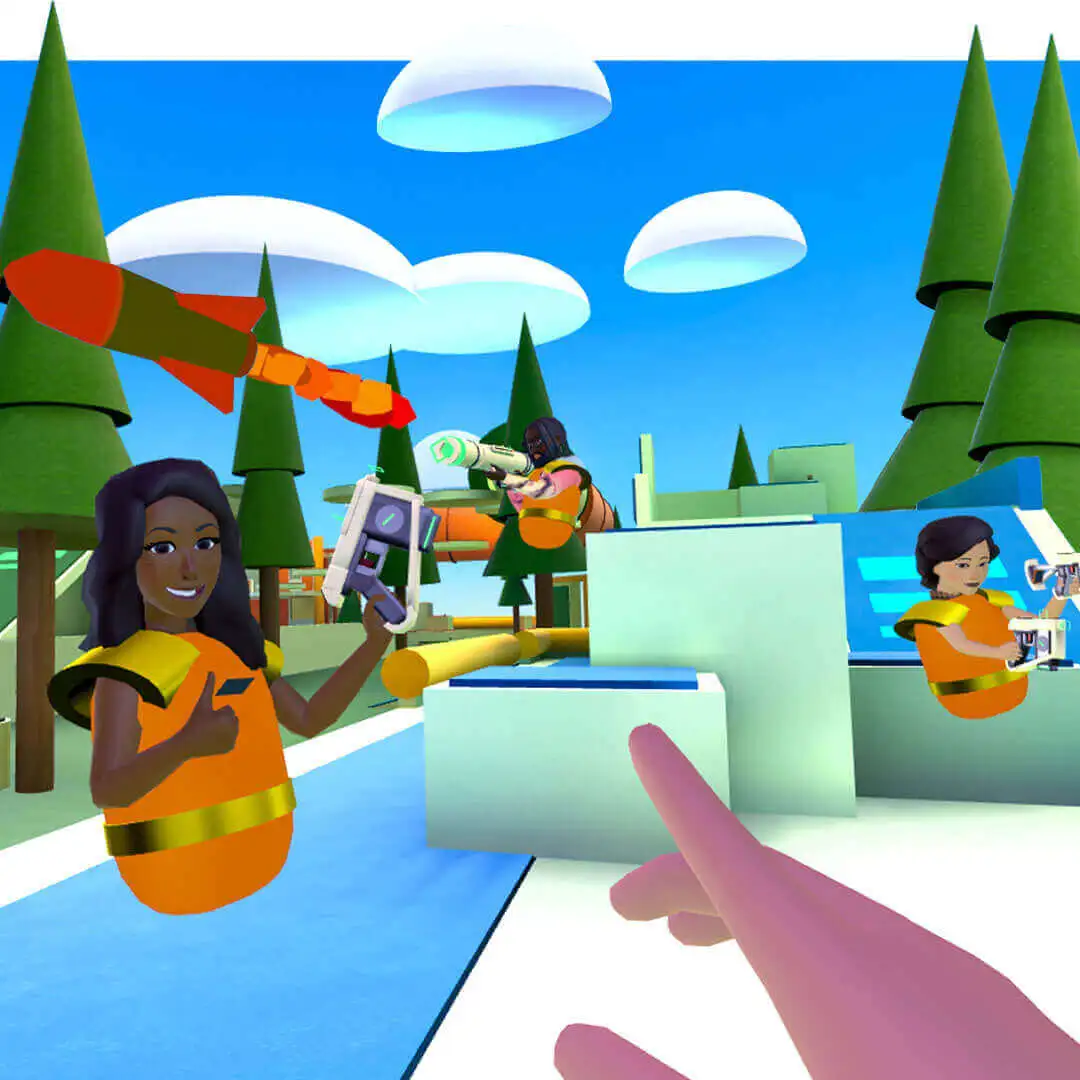
Examples of virtual reality (Real-life applications)
Virtual reality is frequently encountered in the entertainment industry, especially in games. Its main area of usage is entertainment, but it also has applications in the fields of games, movies, military training, travel, education, and medicine.
Virtual reality games
One of the areas where virtual reality is used the most is the gaming industry. Many large companies are adapting their games to virtual reality technology, and this is increasing. As hardware and software technologies develop, the user experience in virtual reality technologies increases. This increases the pleasure of playing games with virtual reality technologies and attracts a lot of attention to this field.
Education with virtual reality
With virtual reality, fields such as medicine and the military, which are risky to apply in real life, come to the forefront by reducing the risks and costs to very low levels. Applications such as flight simulators used especially in pilot training in the military, and the design and training of surgical operations for medical students are prominent real-life applications.
Film and TV series industry with virtual reality technology
One of the main purposes of a movie or series is to want to enter this world because of the fictional scenario. When entering the world fictionalized with VR, an experience very close to real life is obtained. The cinema and TV series industry presents the world they have created in 3D in a real and explorable way with VR technology.
You can also read our articles about what is smart glasses, virtual reality, and mixed reality.


